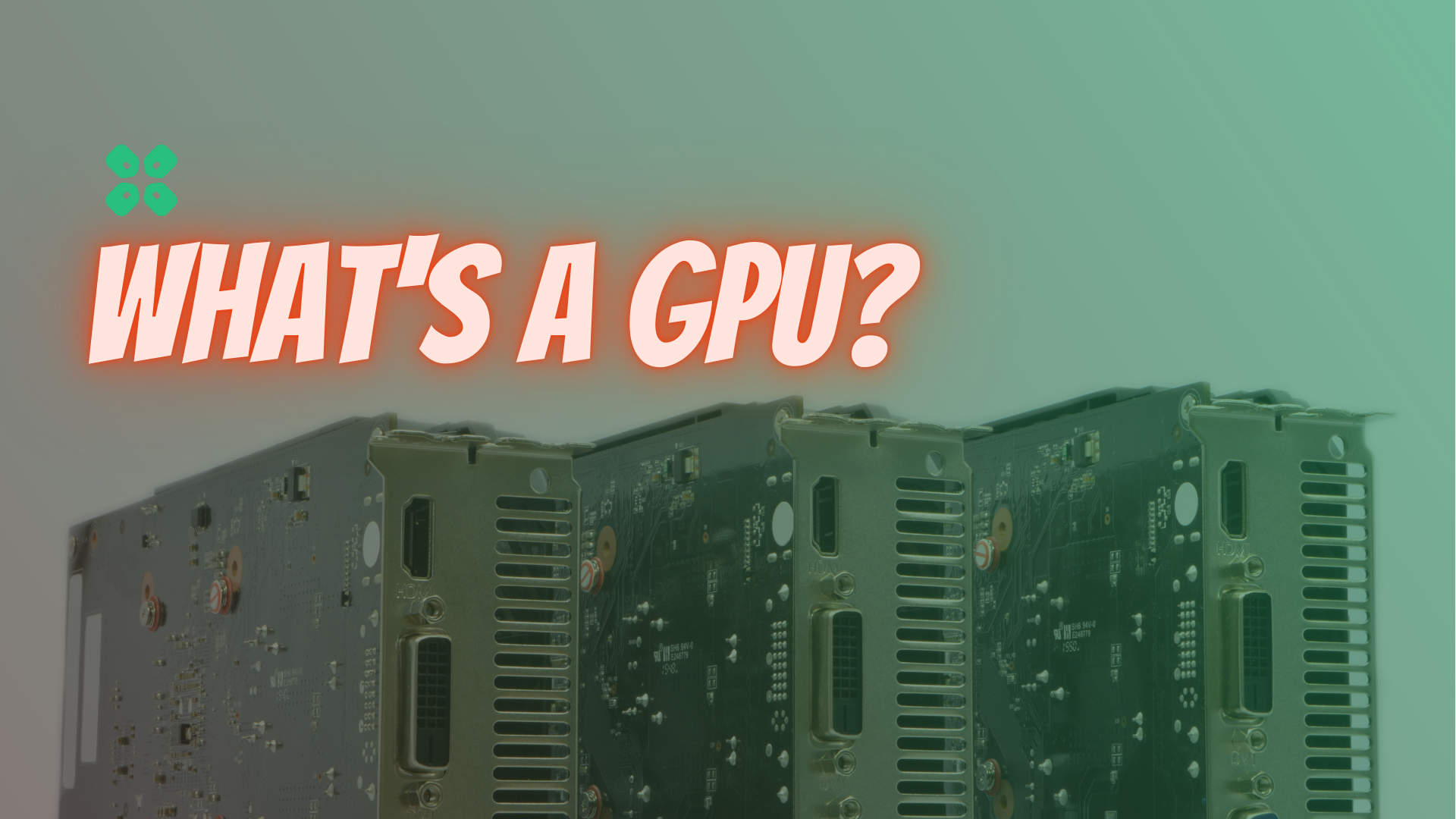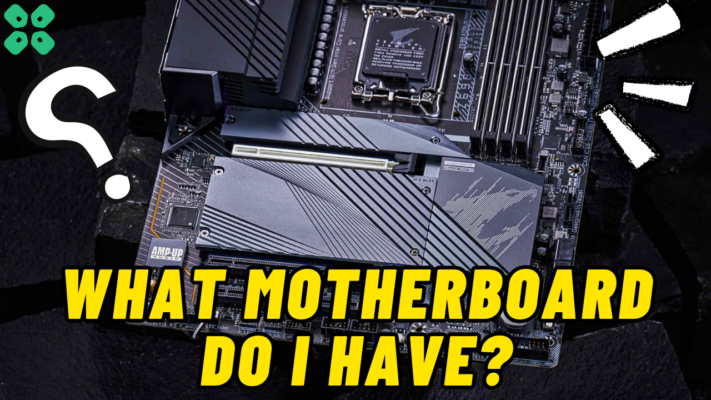GPUs are the unsung heroes of modern computing, powering everything from the stunning graphics in video games to the animations in movies and even scientific simulations. But what exactly is a GPU and why do we need it? In this article, we’ll explore the answers to these questions and discover the secret behind the incredible power of GPUs.
What does the term “GPU” mean?
A Graphics Processing Unit (GPU) is a specialized microprocessor designed to handle the complex and demanding calculations required to generate images and animations in real-time. The GPU is responsible for rendering images and video, as well as providing visual detail in video games.
The Importance of GPUs in modern computing:
GPUs have become an essential component of modern computing, powering everything from smartphones and laptops to supercomputers and data centers. They play a critical role in a wide range of applications, including gaming, video editing, scientific simulations, cryptocurrency mining, machine learning, and artificial intelligence. As a result, the demand for GPUs has risen significantly, leading to rapid advancements in GPU technology.
1. What is a GPU and How Does it Work?
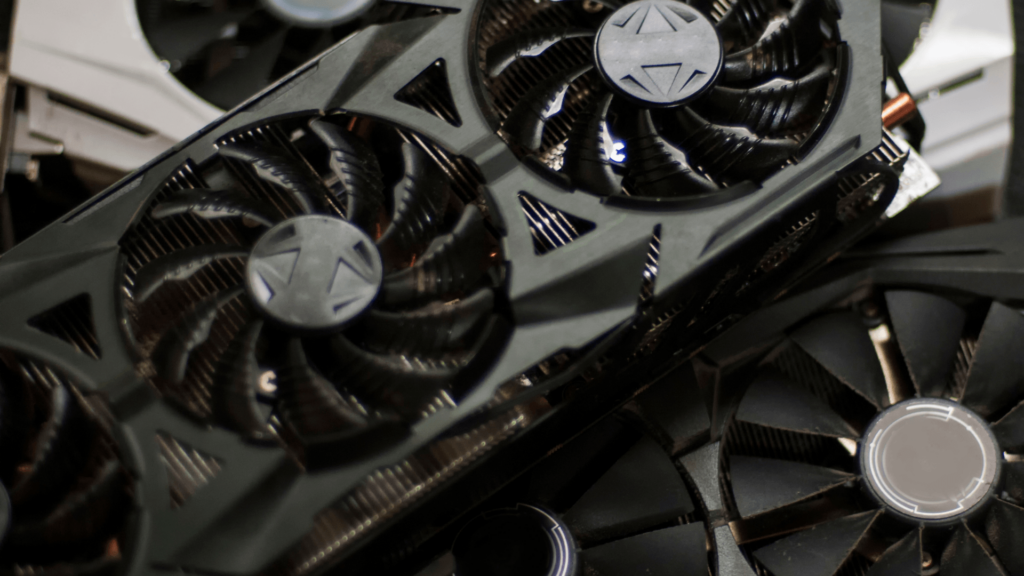
Now that we know what the term GPU means we can get into more depth on what it is and how it works, starting with its architecture and comparing GPUs to CPUs.
Understanding the architecture of a GPU:
A GPU is essentially a parallel processor that can perform many calculations simultaneously. It consists of thousands of small processing units called “cores,” which are optimized for performing the mathematical operations required for rendering images and video.
What’s different between a GPU and a CPU:
While a Central Processing Unit (CPU) is a general-purpose processor that can handle a wide range of tasks, a GPU is specialized for handling graphical processing. CPUs have a few cores that can handle a few tasks at once, while GPUs have thousands of cores that can handle many tasks simultaneously. This makes GPUs significantly faster and more efficient at handling complex graphical computations.
3. The Rise of GPUs in Gaming
Next, let’s discuss the impact of GPUs in gaming and how the rise of GPUs in gaming has impacted the quality of games.

How GPUs make gaming more immersive and realistic:
GPUs make gaming more immersive and realistic by enabling high-quality graphics, smooth animations, and real-time lighting and shadows. They allow game developers to create detailed, complex environments with lifelike characters and objects. The high-performance graphics processing capabilities of GPUs also allow games to run smoothly and at high framerates, even on demanding titles.
The impact of GPUs on the gaming industry:
The rise of GPUs has had a profound impact on the gaming industry. Game developers can now create more advanced and immersive games, and players can enjoy these games with stunning graphics and real-time animations. The demand for GPUs has also driven significant advancements in GPU technology, leading to even more advanced graphics and improved performance.
4. GPUs in Video Editing
One of the major uses of GPUs today is in Video editing and content creation, let’s look into how GPUs have played a vital role here.
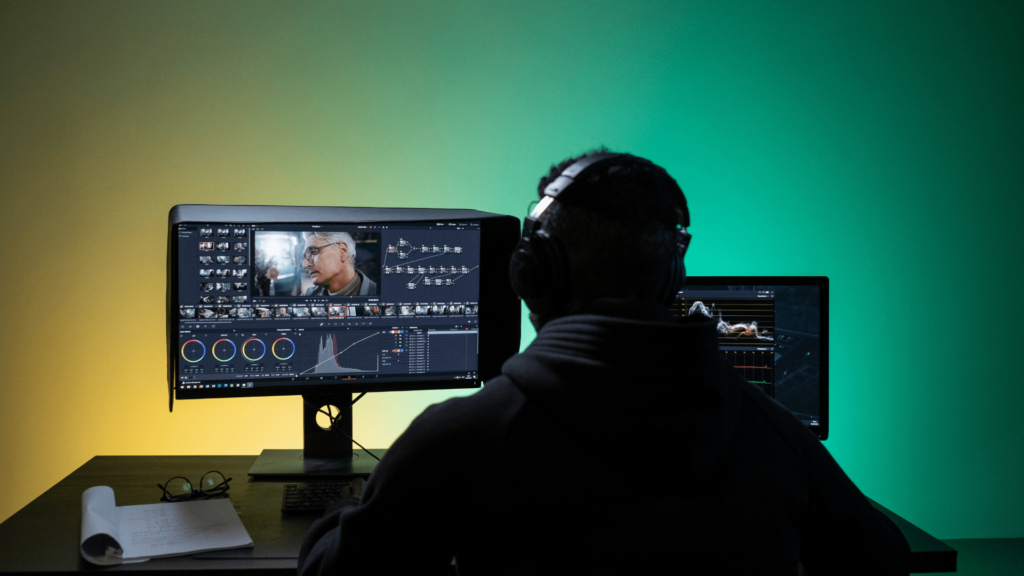
How GPUs speed up the video rendering process:
In video editing, GPUs play a critical role in the rendering process. They are responsible for generating the final video by processing the video data and rendering each frame. GPUs can significantly speed up the video rendering process by performing these calculations much faster than CPUs.
The role of GPUs in creating special effects:
GPUs also play a crucial role in creating special effects in videos. They are used to create complex animations, realistic simulations, and other visual effects that require significant computational power. The high-performance graphics processing capabilities of GPUs make it possible to produce these effects in real-time, allowing video editors to see the results of their work instantly.
5. GPUs in Scientific Simulations
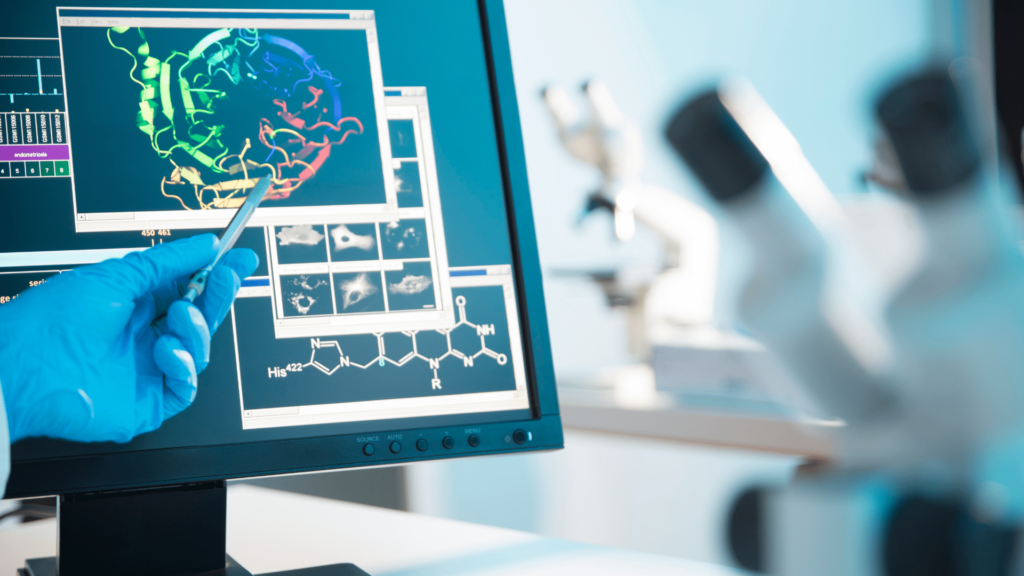
GPUs have significant use in research where scientists use them to conduct virtual experiments or simulations, let’s dive deeper into this to learn more about how this is done and how newer faster GPUs make research more efficient.
How GPUs help scientists model complex phenomena:
GPUs are used in scientific simulations to model complex phenomena, such as the behavior of fluids, the interactions of particles, and the behavior of materials. By harnessing the computational power of GPUs, scientists can create highly detailed simulations that would be impossible to generate using CPUs alone.
The importance of GPUs in scientific research:
The use of GPUs in scientific simulations has revolutionized the field of scientific research. Scientists can now study complex phenomena in greater detail and make more accurate predictions, leading to new discoveries and advancements in fields like physics, biology, and medicine.
6. GPUs in Cryptocurrency Mining
Cryptocurrency mining is a process of verifying transactions on a blockchain network and creating new units of digital currency. The process requires a lot of computational power, and GPUs have become an increasingly popular tool for cryptocurrency mining.
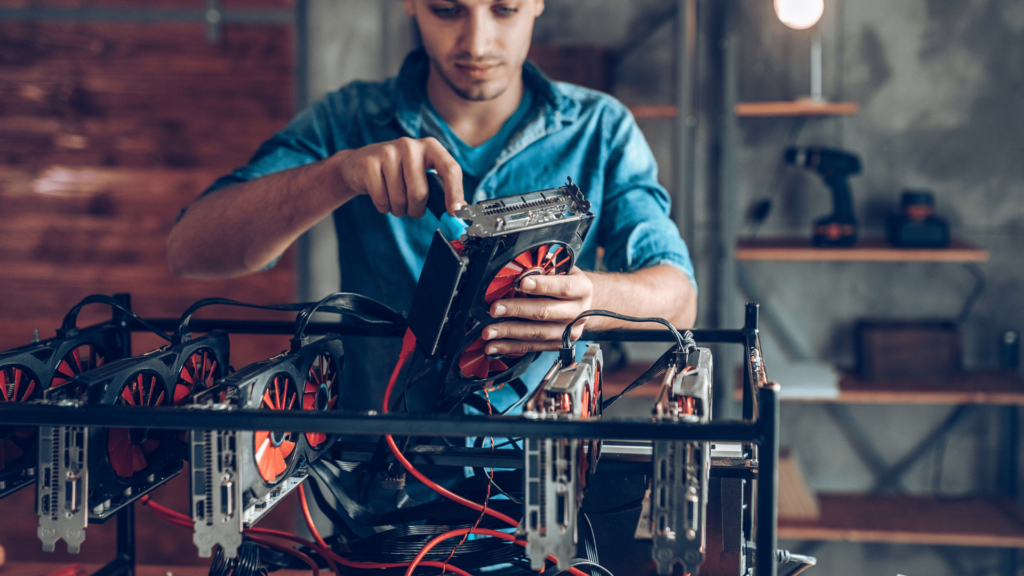
GPUs are used in cryptocurrency mining because they can perform the necessary calculations much faster than CPUs. This makes them ideal for solving complex mathematical problems, which is the backbone of cryptocurrency mining. In fact, GPUs have become so popular for cryptocurrency mining that some miners have built entire farms of GPUs dedicated to the task.
The impact of GPUs on the cryptocurrency market has been significant. The increase in mining power has made it easier to verify transactions, which has increased the overall security of the network. At the same time, the popularity of cryptocurrency mining has led to an increase in demand for GPUs, which has driven up their prices and made them harder to come by for other uses.
7. GPUs in Machine Learning and AI
Machine learning and AI are rapidly becoming a part of our daily lives, and GPUs play a crucial role in the development of these technologies. GPUs are used in training machine learning algorithms, where they are responsible for processing large amounts of data and making predictions based on that data.
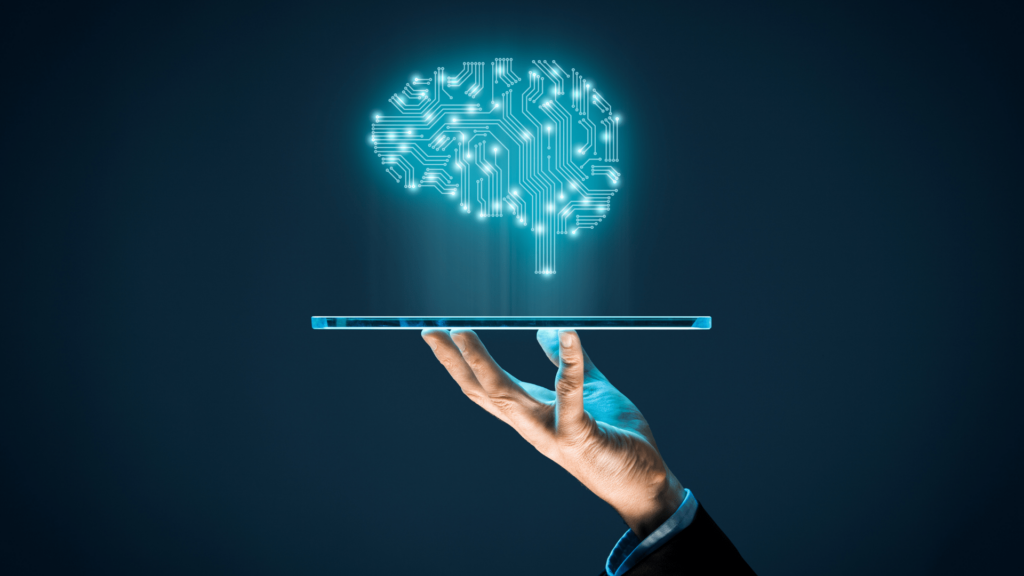
The role of GPUs in AI and machine learning is critical because they are able to perform these computations much faster than CPUs. This means that researchers and developers can train machine learning algorithms much more quickly, which speeds up the development of these technologies.
The importance of GPUs in the development of advanced AI technologies cannot be overstated. GPUs are helping to drive the development of new AI applications, from self-driving cars to virtual assistants, and are playing a critical role in shaping the future of AI and machine learning.
8. Advancements in GPU Technology:
GPU technology is constantly evolving, and new advancements are being made all the time. One of the most exciting new technologies in the world of GPUs is ray tracing, a technique for rendering more realistic images by simulating how light behaves in the real world.
Another new technology in the world of GPUs is AI-powered rendering, which uses machine learning algorithms to speed up the rendering process and create more complex and realistic images. AMD’s FSR and Nvidia’s DLSS technologies are the leading examples of AI-powered rendering currently. These advancements are helping to push the boundaries of what is possible with GPUs, and are making it possible to create stunning digital experiences that were previously impossible.
The impact of these advancements in GPU technology on the use of GPUs in various applications is significant. For example, ray tracing is making it possible to create more immersive and realistic virtual and augmented reality experiences, while AI-powered rendering is making it easier to create special effects for films and video games.
9. The Major GPU Manufacturers:
The GPU market is dominated by a few key players, each with its own unique strengths and areas of focus. In this section, we’ll take a closer look at the major GPU manufacturers and what sets them apart.
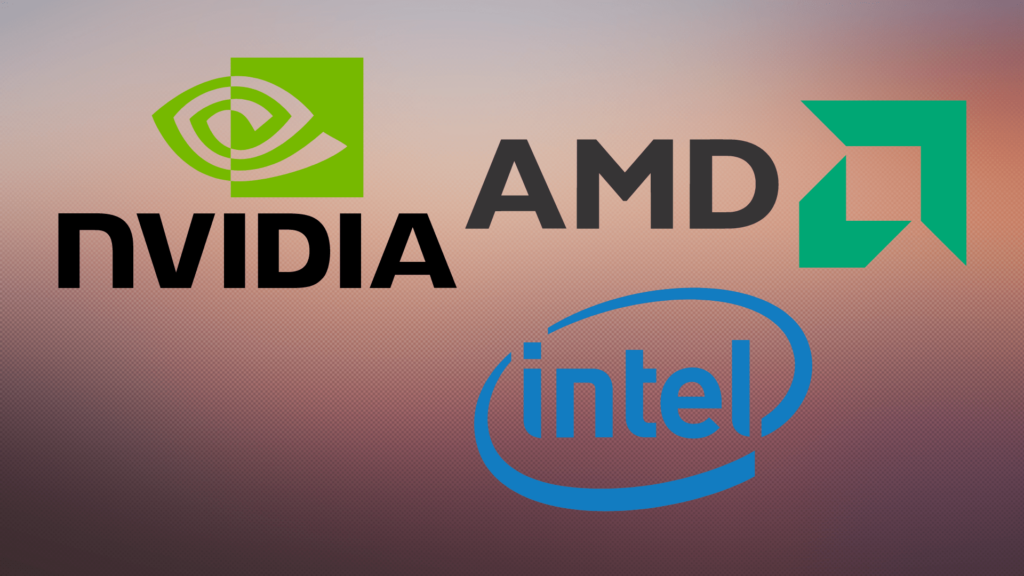
Nvidia: The Leader in GPU Technology
Nvidia is a leading manufacturer of GPUs and is known for its focus on high-performance graphics and AI technology. With its GeForce line of GPUs, Nvidia offers products that are aimed at gamers and content creators, as well as AI and scientific researchers. Nvidia’s GPUs are widely used in gaming, video editing, scientific simulations, and cryptocurrency mining, among other applications.
AMD: A Strong Contender in the GPU Market
AMD is another major player in the GPU market and is known for offering competitive products at more affordable prices compared to Nvidia. With its Radeon line of GPUs, AMD offers a wide range of products for gamers, content creators, and scientists. In addition to its GPUs, AMD also produces CPUs and other computer components, giving it a broad presence in the computing market.
Intel: A New Player in the GPU Market
Intel is a relatively new player in the GPU market, but it has made a big impact with its integrated GPUs and discrete GPU products. Intel’s GPUs are designed for use in laptops, desktop computers, and workstations, and are focused on performance and efficiency. Intel’s strong presence in the computing market, combined with its recent investment in GPU technology, makes it a company to watch in the years to come.
Qualcomm: Focused on Mobile GPU Technology
Qualcomm is a leading manufacturer of mobile GPUs and is known for its focus on energy efficiency and compact form factors. Qualcomm’s GPUs are designed for use in mobile devices, such as smartphones and tablets, and are aimed at delivering stunning graphics and smooth performance in a compact package. Qualcomm’s GPUs are used in a variety of mobile applications, including gaming, video playback, and augmented reality.
10. Conclusion
GPUs have come a long way since their inception as specialized graphics processing units. Today, they play a crucial role in many areas of modern computing, including gaming, video editing, scientific simulations, cryptocurrency mining machine learning, and AI. GPUs have made it possible to create stunning graphics and realistic animations, helping to bring digital experiences to life.
The advancements in GPU technology have been nothing short of remarkable, with new technologies like ray tracing and AI-powered rendering pushing the boundaries of what was previously possible. The major GPU manufacturers, such as Nvidia, AMD, Intel, and Qualcomm, are competing to offer the most advanced and powerful GPU solutions for their customers.
As the world of technology continues to evolve, it’s clear that GPUs will play a significant role in shaping the future. From driving the development of advanced AI technologies to making virtual and augmented reality experiences more immersive, GPUs will continue to be an essential component of modern computing.
To sum up, the importance of GPUs in modern computing cannot be overstated. Whether you’re a gamer, a video editor, a scientist, or a cryptocurrency miner, GPUs are a vital tool that helps you to achieve your goals and bring your ideas to life. So, the next time you sit down to play a game or render a video, take a moment to appreciate the incredible power of your GPU, and all that it makes possible.

